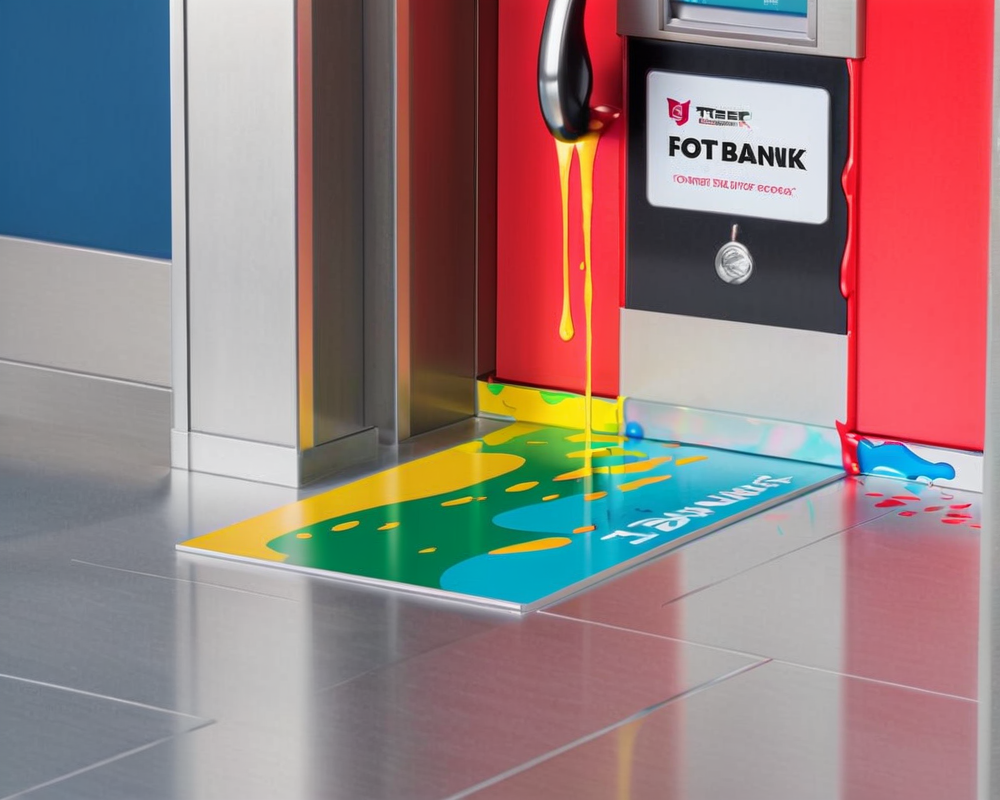Exploring the Future of Cross-Border Payments
The world of finance is about to undergo a major shift, thanks in large part to the teamwork of the New York Innovation Center (NYIC) and the Monetary Authority of Singapore (MAS). Together, they’re diving headfirst into the realm of wholesale central bank digital currencies (wCBDCs) through a joint initiative known as Project Cedar Phase II x Ubin+. The experiment aims to test the waters of cross-border wholesale payments, an area ripe for innovation and efficiency.
What’s the Buzz About wCBDC?
So, what exactly is a wholesale central bank digital currency, or wCBDC? Think of it as a digital currency meant specifically for transactions between banks and financial institutions rather than everyday transactions by consumers. The NYIC and MAS are banking on these digital currencies to streamline cross-border transactions and reduce risks—settlement risks, to be precise.
The Masterplan: Project Cedar Phase II x Ubin+
In a statement on November 11, MAS laid out the framework for this experiment. They aim to use wCBDCs as a settlement asset for cross-border, cross-currency transactions. The thinking here is straightforward: if you could make a payment between two banks in different countries quickly and securely, why wouldn’t you? It’s as if they’ve said, “Let’s upgrade from carrier pigeons to email!”
The Importance of Interoperability
One of the key players in this initiative, Leong Sing Chiong, deputy managing director at MAS, stressed the significance of interoperability during a press conference. He said, “The project takes a practical approach and designs for any future wholesale CBDC to be interoperable across networks, while maintaining each network’s autonomy.” It’s all about ensuring that different systems can talk to one another, making the world of finance a lot more conversational—and efficient.
What This Means for the Future
While Project Cedar Phase II x Ubin+ is exciting, it’s worth noting that it doesn’t imply that the Federal Reserve is on the brink of launching its own CBDC. Michelle Neal, the NY Fed Executive Vice President, made this clear during a recent presentation in Singapore. “The Fed still has no plans to issue a CBDC,” she said. However, the exploration is crucial to manage foreign exchange spot settlements and assess the global implications of digital currencies.
The Road Ahead: Key Takeaways
So what’s next for our financial future? Here are some key points to remember:
- The experiment with wCBDCs could lead to significant advancements in the efficiency of cross-border transactions.
- The idea of interoperability could pave the way for a more connected financial ecosystem.
- A report detailing the findings of this project will be released in 2023, keeping us all on our toes.
In the end, while the launch of a CBDC may still be on the horizon, initiatives like Project Cedar and Ubin+ set the stage for a new chapter in global finance. Grab your popcorn, folks—this is going to be a thrilling ride!




